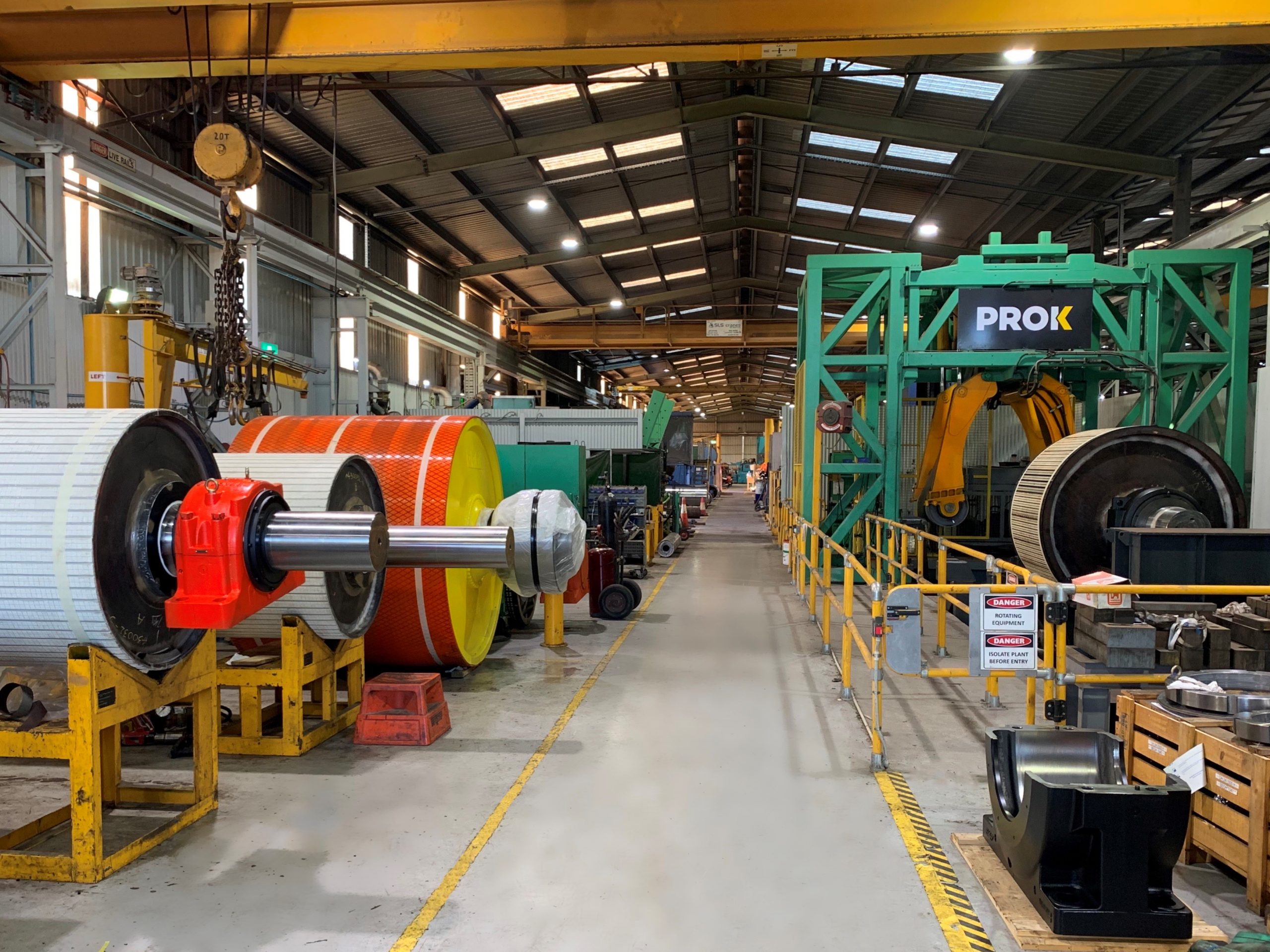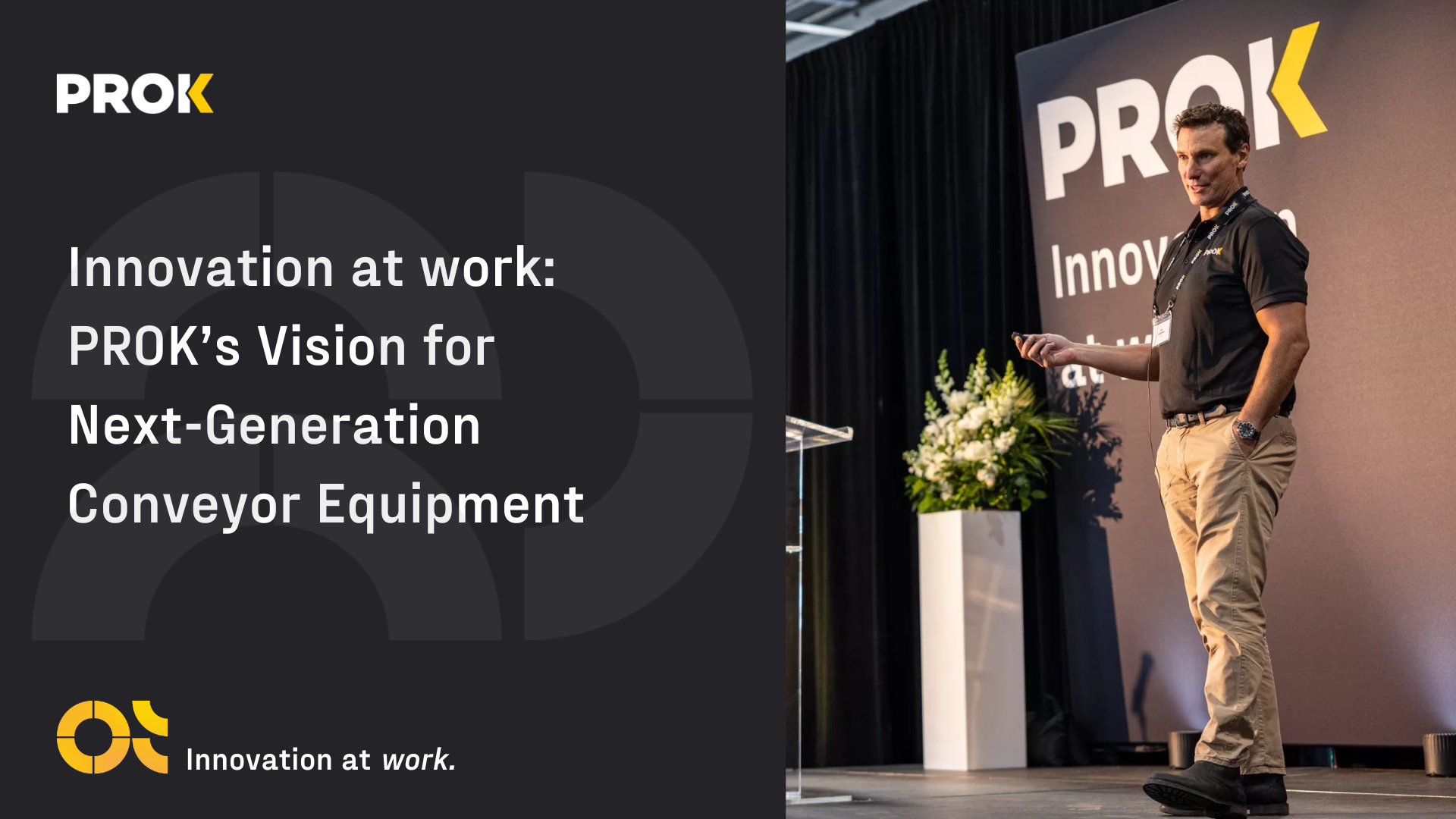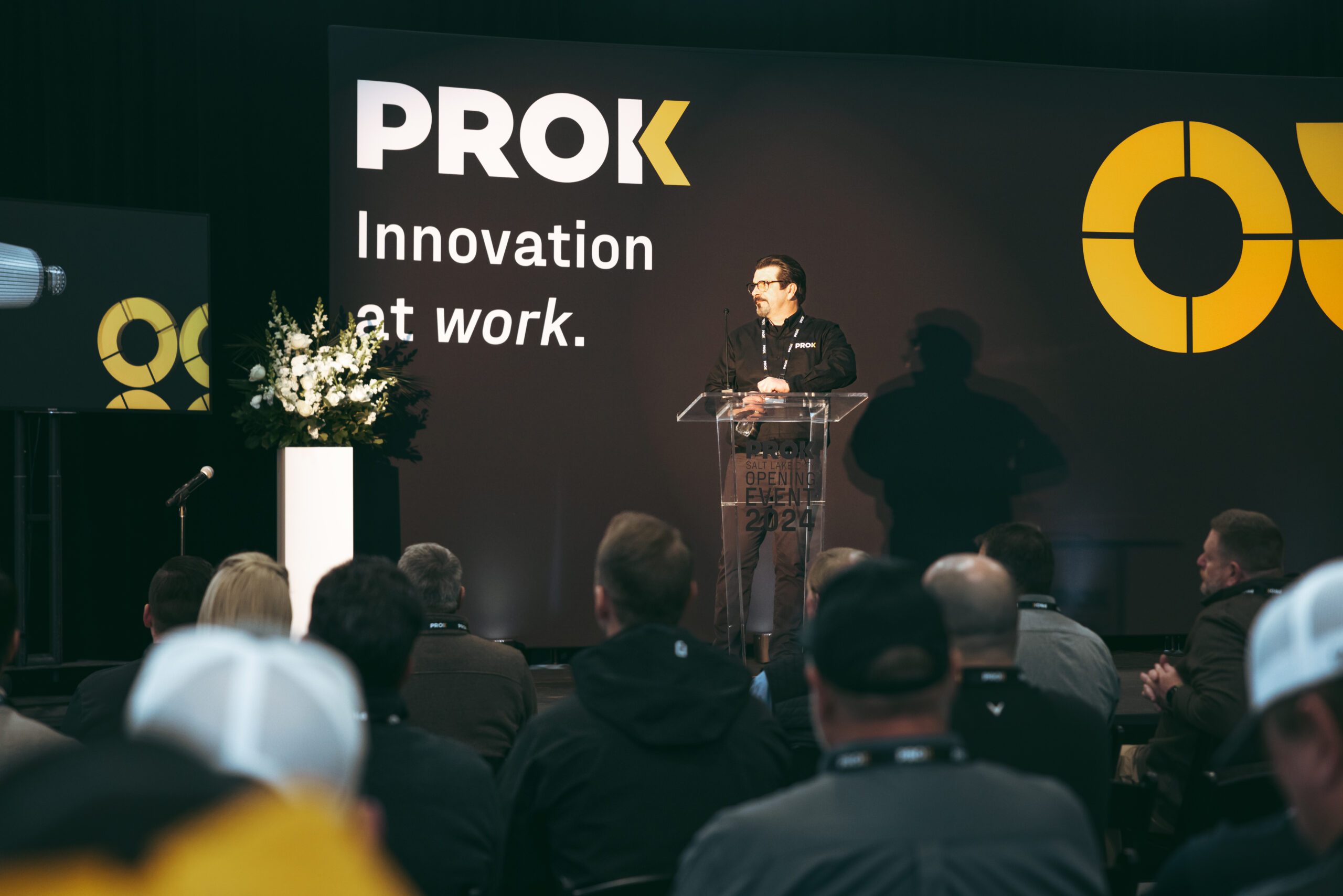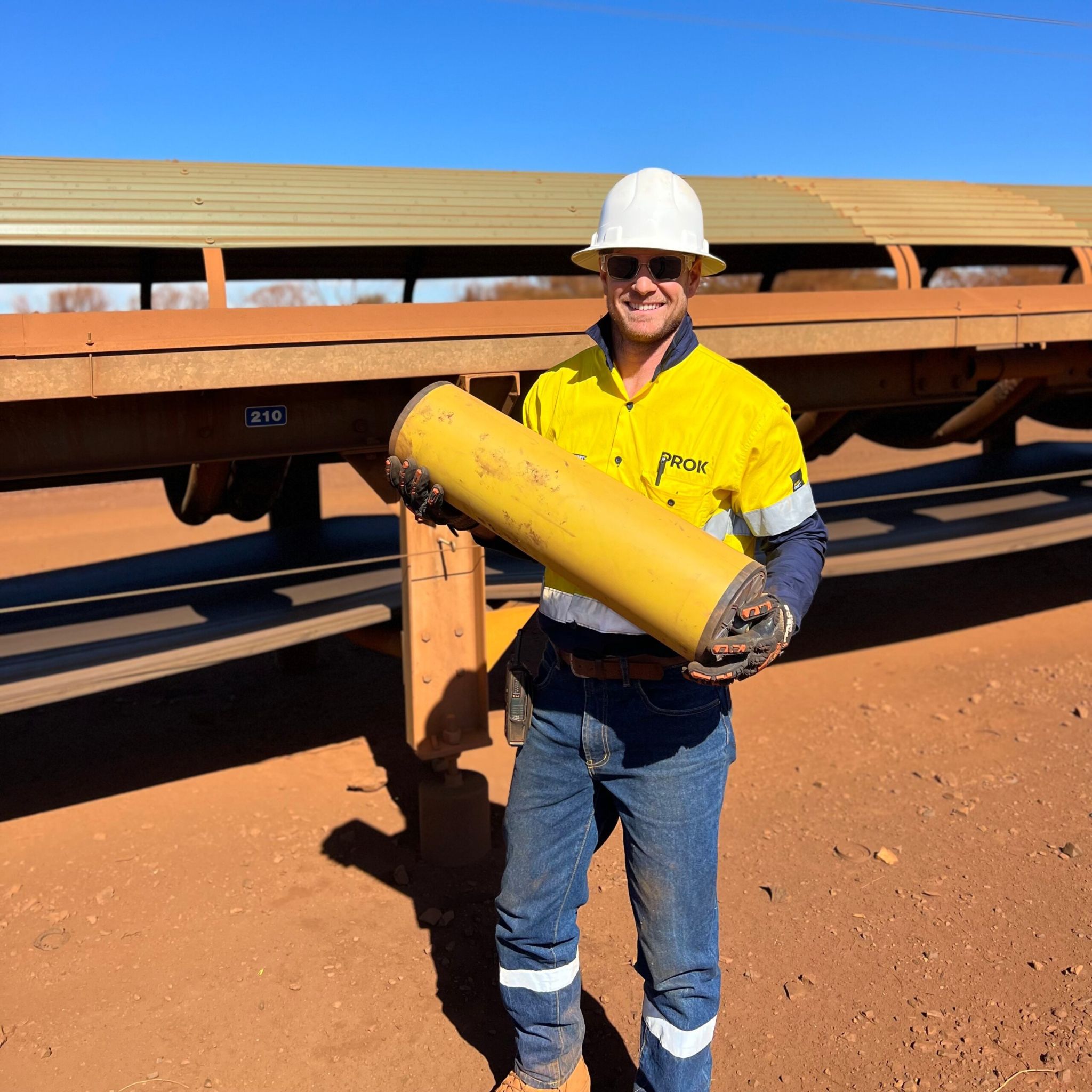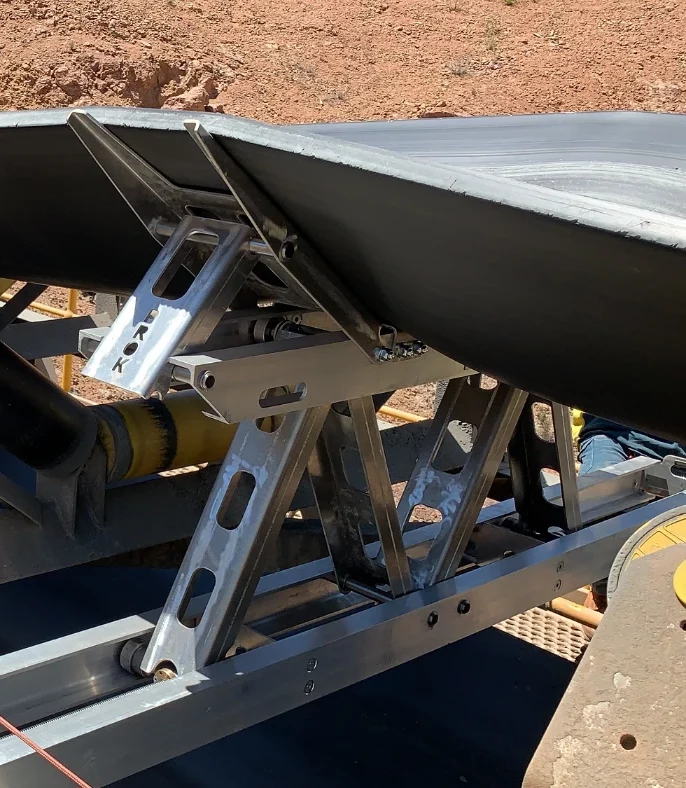After a certain service period passes, mining companies have two options: buy a new mining pulley or opt for conveyor pulley refurbishment.
Mining conveyor pulleys are huge rotating components that run continuously for days on end. As is expected from any machinery, they suffer wear and tear and need constant monitoring and maintenance for an efficient operation.
What is conveyor pulley refurbishment?
Pulley refurbishment refers to the practice of reconditioning used pulleys for further use, essentially giving a pulley a second life. Specific conveyor pulley components such as the shell and the shaft have considerably longer service lives compared to other elements.
Regular conveyor pulley maintenance is vital to ensure efficient operation and the long service life of the pulley. Conveyor pulley refurbishment prolongs the pulley’s service life and saves the cost of a complete pulley replacement.
Signs your pulley needs refurbishment
During service, a mining pulley deals with various elements such as dust, abrasive product, moisture, heat, etc., causing its eventual wear and tear. This wear can manifest in multiple forms in the appearance and function of the pulley. Maintenance teams must be on the lookout for the following indicators to ascertain the need for a pulley refurbishment service.
Slack lagging
Slack lagging indicates that the bonding adhesive has worn out. Such lagging allows abrasives to get between the lagging and the pulley allows abrasives and contaminants to get between the lagging and the shell causing wear and rusting. This is highly undesirable, as a damaged shell significantly reduces the feasibility of pulley refurbishment.
Worn-out lagging
Damaged or worn-out lagging warrant a pulley refurbishment, as they leave the pulley shell exposed to abrasives. Missing lagging will also reduce the torque transfer required between the pulley and the belt.
Corroded locking elements
Corrosion of various pulley components may occur during service. Corroded locking elements are likely to have cracked bolts that could lead to imminent failure. A pulley refurbishment is recommended to prevent seizures, breakdown, and eventual downtime.
Unfamiliar noises
Sometimes, unusual noise may direct the maintenance team’s attention to the need for a pulley refurbishment. Worn-out bearings and lagging are usually the sources of such noises. It can also indicate a fractured shell or cracked welds that could lead to imminent catastrophic damage to the conveyor. The pulley should be checked immediately and removed from service.
Paying heed to such audible signals within time may prevent significant losses in time and resources in the future.
Contaminated bearings
Contaminated bearings are another reason that mandate pulley reconditioning. They can be identified by strange sounds, vibrations, and the development of hotspots. This can lead to a potential bearing siezure, which has potential dire consequences and must be dealt with immediately upon discovery.
How is it done?
Pulley refurbishment involves the following stages.
1. Pre-inspection
Pre-inspection is carried out before taking on the job. The OEM provides a detailed report of the condition of various conveyor pulley components. This report enables the client to make an informed decision.
2. Inspection and testing
After the pulley arrives at the workshop, a detailed inspection and testing are undertaken to determine the re-usability of major elements and if they meet new pulley standards.
3. Shell surface preparation for re-lagging
Resurfacing of the shell surface ensures that a smooth surface is available before the new lagging is attached.
4. Re-lagging and protective coating
The workshop then applies new lagging similar to the original or an upgraded version as requested by the client.
5. Renew all wear parts
Some workshops renew only the worn parts, while others may renew all wear parts. Wear parts such as the bearing and adaptor sleeves, locking elements, and housing seals may cause premature pulley failure if the workshop reuses older parts.
6. External finishes
The workshop may then apply external finishes and protective coatings for protection from rust.
Benefits
On observing any of the above issues, it is the maintenance team’s call to opt either for a complete pulley replacement or refurbishment. Many factors influence this decision, such as the pulley design, shell and shaft condition, weld integrity, new pulley cost, etc.
Some distinct advantages that pulley refurbishment offers over pulley replacement include:
Cost savings
Choosing a pulley refurbishment can translate into significant cost savings. Pulley refurbishment is extremely cost-efficient if the shell and shaft are in good condition, since they are the two most expensive conveyor pulley parts. Companies can save up to two-thirds of the cost of a new pulley by choosing pulley refurbishment.
The cost of running to failure could include structural damage, fire and injury to personnel.
Worn lagging can lead to drive pulley slippage, replaced lagging eliminates that slippage which results in lower power draw needed and also reduces greenhouse emissions from less power demand.
Low lead times
Pulley refurbishment also saves time compared to sourcing a new pulley. There are fewer steps involved in inspecting and repairing an old pulley, which considerably brings down the lead time.
Like-new dependable product
Refurbished pulleys are as good as new, especially if sourced through OEMs. These pulleys will last just as long as new pulleys, if not longer, as every component, except the shaft and the shell, is new. This includes conveyor pulley parts such as bearings, locking assembly and lagging.
Environmentally sustainable
As regulations get stricter with time, mining companies are under pressure to diminish their contribution to these emissions. Pulley refurbishment is more sustainable than pulley replacement and can help mining companies reduce their carbon footprint.
Why should OEMs be preferred for pulley refurbishment?
Pulley refurbishment is an excellent alternative to purchasing a new pulley, with the pulley repair cost being a fraction of the cost of a new pulley.
Due to the ever-increasing demand for refurbished pulleys, the market now provides abundant choices for selecting a workshop for pulley refurbishment. However, to ensure quality and reliability OEMs, like PROK, should be preferred over other options.
There are many advantages to trusting an OEM like PROK when it comes to pulley refurbishment. Some of these are:
- Cutting edge facilities to carry out refurbishment efficiently and economically
- Reliable turnaround times
- OEMs use genuine parts and can even manufacture unavailable parts to exact specifications when needed
- OEM trained staff who know the product and procedures inside out and maintain OEM standards throughout the testing and repair phases.
- No unnecessary repairs or part replacements
- Lower risk of contamination due to high-quality assembly
To find out more about pulley refurbishment, please contact us.


